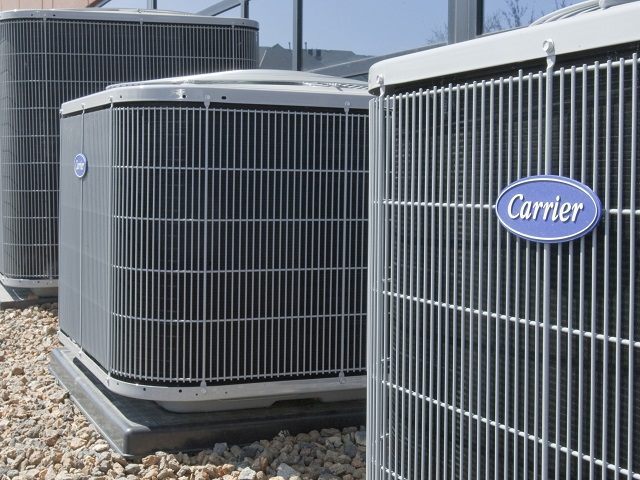In the realm of heating, ventilation, and air conditioning (HVAC) technology, innovation is ceaseless. With each passing year, advancements push the boundaries of efficiency, sustainability, and comfort. As we gaze into the future, several key trends emerge, offering insights into where HVAC technology is headed. Here are some of the most promising developments to watch out for:
1. Smart HVAC Systems
The integration of smart technology into HVAC systems is revolutionizing the way we control indoor climates. Smart thermostats, equipped with sensors and connected to Wi-Fi networks, can learn occupants’ preferences and adjust temperature settings accordingly. These systems not only enhance comfort but also optimize energy usage, leading to significant cost savings and reduced environmental impact.
2. Energy Efficiency
With increasing concerns about energy consumption and environmental sustainability, the HVAC industry is placing greater emphasis on energy-efficient solutions. Innovations such as variable refrigerant flow (VRF) systems, advanced heat exchangers, and high-efficiency air filters are becoming standard features in modern HVAC equipment. As regulations tighten and consumer demand for eco-friendly products grows, manufacturers are investing heavily in technologies that minimize energy waste and maximize performance.
3. Integration of Renewable Energy Sources
The shift towards renewable energy sources is reshaping the HVAC landscape. Solar panels, geothermal heat pumps, and wind turbines are being integrated into HVAC systems to reduce reliance on traditional power sources and decrease carbon emissions. By harnessing the power of the sun, earth, and wind, buildings can achieve greater energy independence and sustainability, paving the way for a greener future.
4. Improved Indoor Air Quality
In an age where indoor air pollution is a growing concern, HVAC technology is evolving to prioritize air quality. Advanced filtration systems, ultraviolet germicidal irradiation (UVGI), and ventilation strategies are being employed to remove contaminants, allergens, and pathogens from indoor spaces. With the ongoing threat of airborne viruses and pollutants, the demand for HVAC solutions that promote clean, healthy air is only expected to rise.
5. Predictive Maintenance
The adoption of predictive maintenance techniques is revolutionizing HVAC servicing and maintenance. By leveraging data analytics, machine learning, and IoT sensors, HVAC systems can anticipate potential issues before they occur, allowing for proactive repairs and minimizing downtime. This predictive approach not only extends the lifespan of equipment but also reduces operational costs and improves system reliability.

6. Modular and Scalable Designs
As the demand for customizable and flexible HVAC solutions grows, manufacturers are shifting towards modular and scalable designs. These systems allow for easier installation, maintenance, and expansion, making them ideal for a variety of applications, from residential homes to commercial buildings. By offering greater versatility and adaptability, modular HVAC solutions are poised to become increasingly prevalent in the market. If you want to learn more about the future of HVAC technology, read the full info here!
7. Integration with Building Automation Systems
The convergence of HVAC technology with building automation systems (BAS) is streamlining facility management and optimizing energy efficiency. By centralizing control of HVAC, lighting, security, and other building systems, BAS can orchestrate complex sequences of operations to maximize comfort and minimize energy consumption. This integration not only improves occupant satisfaction but also reduces operating costs and carbon emissions.
Conclusion
The future of HVAC technology is bright, driven by a relentless pursuit of innovation and sustainability. From smart systems and renewable energy integration to predictive maintenance and modular designs, the industry is poised for transformation. By embracing these trends and technologies, we can create healthier, more comfortable, and more sustainable indoor environments for generations to come.




